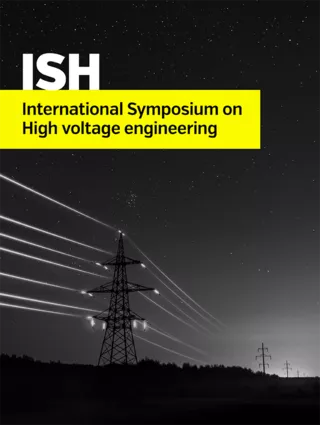Summary
Regarding to long-distance bulk power transmission, HVDC systems have significant advantages over HVAC systems. In contrast to AC, DC systems require no reactive power on the transmission length and have neither skin effects nor proximity effects. As a result, HVDC can be used for long distances, because losses are significantly reduced compared to HVAC cable systems when transmitting the same amount of power. Therefore, HVDC systems have gained more popularity in recent years. Compared to overhead lines, DC cable systems are preferred due to their better acceptance by citizens. DC cable systems, unlike overhead lines, run underground and do not alter the landscape. In the context of the energy transition, it is planned to construct several HVDC transmission corridors up to approximately 700 km in Germany by using extruded cables. Such long HVDC cable systems are unprecedented, thus cable system failures may occur with a higher probability e.g. due to damages from outside or – taking the quantity of joints into consideration - from any deviation in joints and joint installations. In order to shorten the downtime and to restore the energy transmission as fast as possible, a sophisticated methodology has to be developed in order to detect and to locate faults in ultra-long HVDC cables system. To achieve this goal, the possible fault scenarios involved with HVDC cable systems must first be thoroughly researched, identified and classified. In addition, methods for detecting the type of faults, like fault resistance measurement, as well as their advantages and disadvantages need to be investigated for the use on ultra long cables. Furthermore, not only the detection of faults is important, but also monitoring of the system, in order to detect abnormalities before they result in a breakdown. In this article, the possible faults in HVDC cable sections were identified and classified. There are already numerous publications and rich experiences with AC cable systems, but very few for DC cable systems. Therefore, the difficulties to find fault locations in DC cable sections should be better understood by comparing the fault scenarios in DC and AC cable systems. Moreover, some basic results of a Frequency Domain Analysis (FDA) method are shown, that might be used for a failure detection and localization for different types of failures.
Additional informations
| Publication type | ISH Collection |
|---|---|
| Reference | ISH2017_273 |
| Publication year | |
| Publisher | ISH |
| File size | 1,012 KB |
| Pages number | 6 |
| Price for non member | Free |
| Price for member | Free |




